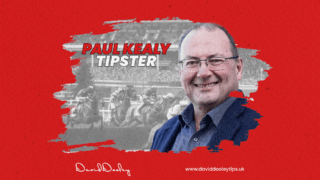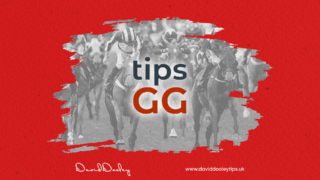Spotting a dark horse is one of the most satisfying parts of racing. It’s not about following the market. It’s about trusting your eye, your notes, and the signals others miss. These runners don’t stand out on paper, but they’re primed to catch the field off guard.
David Dooley doesn’t need a flashing price or a top jockey to take notice. I watch for horses that’ve shaped well in defeat, been given quiet rides, or are dropping into the right grade. Dark horses are all about timing. If the setup’s right and the signs are there, I strike.
Contents
What Makes a Horse a ‘Dark Horse’?
A dark horse isn’t just a long shot. It’s a runner with ability that hasn’t been revealed in the form book yet. Maybe they’ve been held up, raced wide, or run against better types. These horses are better than the market gives them credit for.
You’ve got to dig into replays, track positioning, and trainer patterns. I look for small indicators – a strong finish late on, a switch in headgear, or a return to a winning trip. That’s how you read between the lines and find value others overlook.
Where I Find the Edge
Lower-grade races and midweek cards are ideal for spotting dark horses. The big races are too sharp. But in class 5s and 6s, there’s plenty of room for improvement to be missed. I scan for trainers trying new things or horses who’ve had excuses.
I also watch for market movers late on. If a dark horse shortens without any big-name backing, I take note. It usually means the stable knows something the public doesn’t. That’s where opportunity lives.
How to Back Dark Horses Smartly
I never pile into a dark horse just for the buzz. These are small stake, high-return plays that work best when part of a balanced strategy. I want upside, not desperation. If the setup’s not clear, I pass and wait for the next.
I also like using each-way terms if the field suits. Dark horses often run big without winning. Placing at 20/1 can be more useful than chasing evens favourites with no edge. It’s all about stacking probabilities.
FAQs About Dark Horse Horse Racing Tips
What defines a dark horse in racing?
A dark horse is a runner with hidden ability or unexposed form that the market hasn’t fully priced in. They often improve unexpectedly.
Are dark horses always outsiders?
Not always. Some are mid-range prices who’ve been underestimated due to previous runs that didn’t show their full ability.
How do you spot a potential dark horse?
I look at race replays, track bias, trainer moves, and overlooked performances. Any sign of quiet promise gets my attention.
Is backing dark horses profitable long-term?
With proper discipline and form reading, dark horses can deliver strong returns. The key is not chasing them blindly.
Should you back dark horses each-way?
Yes, especially in bigger fields. They often place at generous odds, giving solid returns without needing a win.
Summary
Backing dark horses takes nerve, patience, and sharp eyes. David Dooley doesn’t follow the herd. I follow the clues that others miss. These runners aren’t obvious, but when the setup’s right and the signals line up, they land big. I use them to break up the favourites and bring value back into the fold.
Watch the races, track the patterns, and know when the market’s wrong. That’s how you stay ahead – not by playing it safe, but by playing it smart.




